- How To Tackle Jealousy In Creative Writing
- Common Submission Mistakes
- How To Stop Your Blog Becoming Boring
- The One Thing Every Successful Writer Has In Common
- How To Make Yourself Aware Of Publishing Scams
- Why Almost ALL Writers Make These Grammar Mistakes At Some Point
- 5 Tips For Authors On How To Deal With Rejection
- Top Mistakes to Avoid When Writing a Novel
- How to Avoid Common New Writer Mistakes
- 10 Mistakes New Fiction Writers Make
How To Self-Publish Your Book On Amazon
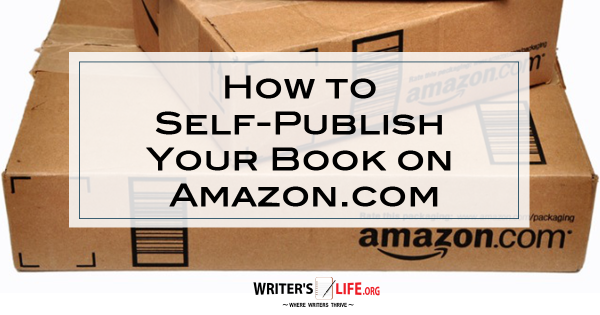
Not so long ago, the first hurdle for an aspiring book author was to get past the gatekeepers. First you would have to spend weeks or months writing a book proposal and sample chapters. Then you might contact a bunch of agents to see if they would be interested in pitching your book to major publishers. Most would grumble that your idea would not be likely to make a lot of money, or that it sounded “more like a magazine article than a book.” At this point you might abandon the project or, if you were really persistent, send your proposal directly to publishers. If they didn’t ship the package back to you unopened, they would either send you a form rejection letter or make you a lowball offer.
Various tools for self-publishing have taken down these barriers for authors who prefer to go it alone. I’m one of them (register for the free webinar, “How My Book Became A (Self-Published) Best Seller). Paul Jarvis is another. He’s a web designer and author who has self-published four books, including "Everything I Know", which between the print and ebook versions sold a total of 4,000 copies. His upcoming book, "The Good Creative", explores 18 traits of the world’s most interesting and respected creative professionals. In the following guest post he provides a roadmap to the various Amazon services that have liberated authors from traditional publishers. You can follow him on Twitter. Also sign up for the free webinar
that for years has shown both new and seasoned authors how to sell more books, get thousands of readers and get published. Click here to do that now as they only have a few slots available each month
Most independently published authors fall into one of two camps: Those selling books on their own website using an ecommerce tool; and those selling only through Amazon.
I started out in the first camp two years ago when I used Gumroad to self-publish the ebook "Eat Awesome". Gumroad allows you to sell a variety of digital products from your own web site, including ebooks, music and software. Setup takes less than five minutes. They take a very small percentage (5% + 25 cents) of each sale. I sold 5,410 copies of the book I published with them, netting about $12,033 (after they took their fees).
My second book, "Be Awesome at Online Business", I sold exactly same way. I also signed up for distribution through Bookbaby, but didn’t promote those avenues, so I noticed little or no sales.
Curious about Amazon’s services for independent authors, last year I listed my third book, "Everything I Know", for sale exclusively through their website. Sales during the first four months exceeded 4,000 downloads. That’s more than double the number of downloads of either of the previous two books during the first four months of publication. I also now sell paperback copies, which Amazon prints as orders come in, accounting for 10% of my book sales each month. Typically I sell 70 to 100 print books per month, netting around $400 per month from that version of the book. In addition, I’m averaging about 700 digital downloads per month, which net me $2,870. That was all because of the info that I got here
Amazon’s suite of services for independent authors makes it possible for me and many other authors to bypass traditional publishing companies. It gives us the tools to create and sell digital books; print and sell paperback copies on demand; add author pages and even market books. Here are five Amazon services, all of them free to set up, that every indie author needs to know about.
Kindle Direct Publishing
This service, known by the shorthand KDP, enables indie authors to sell the digital version of their books on Amazon.com (or other Amazon country websites). There’s no charge to upload the file. Authors get royalties of 35% to 70% of the sale price, depending on whether the book is sold on KDP or through another Amazon service called KDP Select (more about that below).
Unlike most other digital retailers, KDP uses the format known as “mobi.” This is simply the file format for digital books that Amazon uses, and it works on all Kindle devices. You can upload your book on Amazon using other formats as explained on the Amazon site, including ePub, which is the most popular one (that’s what Apple uses), and others such as HTML, Doc, and RTF. However, in my experience it looks better if you start out with a mobi file because any formatting you create – for example for images, charts and tables – stays intact.
Let’s say you have written your book in Word and want to convert it to mobi. You can do this using the free software Calibre (available for PC or Mac). I’ve used the Mac version and it works very well if your Word document has no page numbers. For best results it should include links to each chapter in a table of contents that’s formatted to meet Amazon’s specifications listed here.
Another option is to pay one of the many digital publishing or formatting companies that offer the service of converting a Word file to the digital format of your choice. Pricing is either per book or based on the number of words. With a professional service you should expect to pay in the hundreds of dollars to have your book set up, formatted and converted from a Word DOC to a mobi or ePub file. You can locate less expensive services through fiverr.com. But as with so many other things, you typically get what you pay for, so look at the company’s portfolio and speak with some of their author clients before retaining the firm.
You will also have the ability to preview your Kindle book before it’s published on Amazon.com, so if you catch any mistakes, you can make your changes and re-upload.
One of the nice things about KDP is that Amazon does not require digital exclusivity. So authors can still sell the same digital book anywhere else on the Internet on through other stores like The Nook Book Store or iTunes.
KDP Select
By using this service, rather than the plain-vanilla one, you tap into Amazon’s marketing muscle. To do that you must give them an exclusive on your digital book for 90 days. In return, KDP Select pays higher royalties (closer to the 70% mentioned earlier), and allows those books to be part of the lending library for their Prime Members. Authors get paid a percentage of the total amount Amazon Prime members pay for each book lent out.
For example, if the total amount Prime members pay in April is $1 million and 300,000 titles are lent out, if your book is lent out 1,500 times you would make .5% or $5,000. Last month it worked out to $2.12 per book for me, which is average. This month alone 127 people have grabbed Everything I Know from the lending library, so it’s a decent chunck of “sales.”
KDP Select also gives you the option to make your book free or discounted for up to five days, as part of your promotional campaign. During that time, it appears on sales pages on Amazon.com, which drives more people to it. Though you will obviously earn nothing from these sales, it can help build buzz for your book just as you are launching it.
If you subscribe to the theory that offering a book for free – even briefly – can ultimately pay off, there are also lots of websites that promote free or discounted Kindle books to massive audiences. Bookbub is the largest, with over 2 million subscribers. Bookbub and other larger promotion websites will charge you a fee (from $40 in less popular categories to $400 to $1,500 in very popular categories) to advertise with them. I think it’s worth it (if you can afford it), to put your book in front of a much larger audience.
Using Bookbub, Book Gorilla (the second largest Kindle promotion company) and my own marketing efforts, I drove 39,000 downloads to Everything I Know in just three days. Four weeks later, after the book went back to the normal price of $6.99, sales continued at a slightly higher volume than prior to the sale. I have now sold more than 4,000 copies.
Based on my conversations with other indie authors and their posts on various message boards and blogs, other authors also see huge sales on days when their books are discounted, and even more massive downloads on days when those books are free. This, in turn, leads to higher than usual sales on the days right after promotions (when the book has gone back to its regular price), and generally helps to expand awareness of the book.
CreateSpace
This is Amazon’s print-on-demand service for indie authors. It lets you sell a paperback copy of your book either on CreateSpace.com or directly from Amazon.com. All you have to do is upload a PDF based on their specifications and set how much you’d like to make. (They give you a base price; you make the public price something over that.)
You don’t pay for book printing – you simply collect a commission whenever it sells. You’re in charge of the price and associated commission as well. When you upload your book, Amazon tells you what their costs are — $2.50 for example, for a 150-page book. From there you can price your book at anything higher, say $9. Under that scenario, for each paperback sale, Amazon keeps $2.50 and the shipping costs that it charges the buyer, and you keep $6.50.
Authors design (or can have CreateSpace design for an extra fee) a cover and upload their content in PDF format. Once it’s uploaded you can download or physically order a “proof” copy or view it directly on their website. That way, if you need to make changes, you can do that before it’s made available for sale.
CreateSpace also lets you link a Kindle version of your book to the paperback. This way, purchasers can pick their format on the same sales page, which is a helpful customer-oriented feature. All it requires is that you upload a properly formatted Kindle version as well. If you’re already added your Kindle version to KDP or KDP Select, Amazon will connect your paperback to the digital version on the same page on their website.
Print on demand is perfect for most indie authors because it’s hard to judge how well your book will sell, and ordering copies before they’re sold can be a massive expense. With CreateSpace, those obstacles disappear. However the current limitations are that there’s no hardcover option and I’ve found the binding and spines of the books printed through them are weak. You also have to use one of only a few options for the size of the book.
I didn’t think print was worth it for independently published authors since it can leave you with unsold inventory (which you will need to store at your house or arrange to store elsewhere). But as soon as I started offering paperback copies of Everything I Knowthrough CreateSpace, I noticed that at least 10% of my sales were physical copies. Since it’s printed on demand through Amazon, there’s no inventory — just royalties, automatically deposited to my bank account each month.
Amazon Author Central
Whether your book is published by a traditional publisher or you are an indie author, Amazon lets you create an author page like this one. You can add your biography; your photo; editorial reviews; and your blog’s RSS feed (so it grabs new articles). It’s even possible to share upcoming speaking and book-signing events and show your latest tweets.
Every Amazon page for your book links to this enormously useful marketing tool, so it cross-links other books you have published, too. On your author page, readers can even sign up to get email notifications from Amazon when you release new books.
Having an Author Central page doesn’t require using other Amazon services. All that’s necessary is that one or more of your books is for sale in any way on Amazon. From there it’s simply a matter of letting Amazon know that you’re the author and following the prompts to set up the page.
Amazon Associates
This is an affiliate service that pays you for linking to products on Amazon.com. You can use this to link to your own books (it’s not against the rules), and make an extra 4% to 8% on each sale. You also get commissions from any other item someone buys on Amazon.com if they landed on the site by using your affiliate link.
Anyone can sign up for a free affiliate account — you don’t even need to be an author. After that, there’s a step-by-step walk-through for generating affiliate links. I use affiliate links on my own website, as that’s a large sales channel. So each time someone clicks the link to buy my book from my website, I get paid twice: once from the affiliate and once from the royalties I receive.
On average, I make a few hundred dollars each month from my affiliate account, because every time I link to my books from my website I use an Amazon Associates URL that’s got a tracking ID attached. This tracking ID tells Amazon that I sent that sale to them, so they’ll send me a commission of that sale.
There are important rules to be aware of with Amazon Associates. For instance, you aren’t allowed to use associate links in newsletters, emails or PDFs. It’s also against the rules to shorten your affiliate link on social media (which Twitter and Facebook do automatically).
The downside of selling on Amazon is that authors don’t get access to customer information (like name or email addresses) and the royalties are lower than they would be selling directly on an author’s own website, using services such as Gumroad.
Returns or refunds are handled by Amazon. I’ve never seen a refund request for any paperback copies of my book, but Kindle ebook purchasers do request them within the seven days that Amazon allows. Of course some buyers abuse the system, reading the book and then returning it. There are even petitions from authors to stop or shorten the refund time. But I don’t object to the policy. The return rate for my Kindle books has only been about 1%. And I even think the policy helps encourage customers to take a chance on indie authors. If they dislike the book enough to request a refund, they should get one.
Self-publishing through Amazon makes sense for authors who are willing to give up the customer details and accept lower royalties for a potentially higher sales volume. I’ve seen a massive spike in sales by selling this way, rather then with services like Gumroad. Everything I Know, which has only been out a few months, has already had double the sales of my previous book, Be Awesome at Online Business, which has been out 1½ years. So I don’t plan to ignore Amazon anytime soon.
For future books, though, I plan to sell on both platforms. I will still use Amazon but avoid the exclusivity that’s part of KDP Select.
Originally posted as How to Self-Publish Your Book Through Amazon on Forbes.com. Photo by mashable.com.
URL: http://www.forbes.com/sites/deborahljacobs/2014/04/25/how-to-self-publish-your-book-through-amazon/
So by now you realize that making your book available on Amazon is one of the smartest moves that an author could make.
For even more detailed step by step visual instructions on how to do it, join us for this Week's free Webinar "How to Sell Books, Attract Thousands of Readers and Get Published"
"Love Writing? Then Share, Like or Tweet This Article"


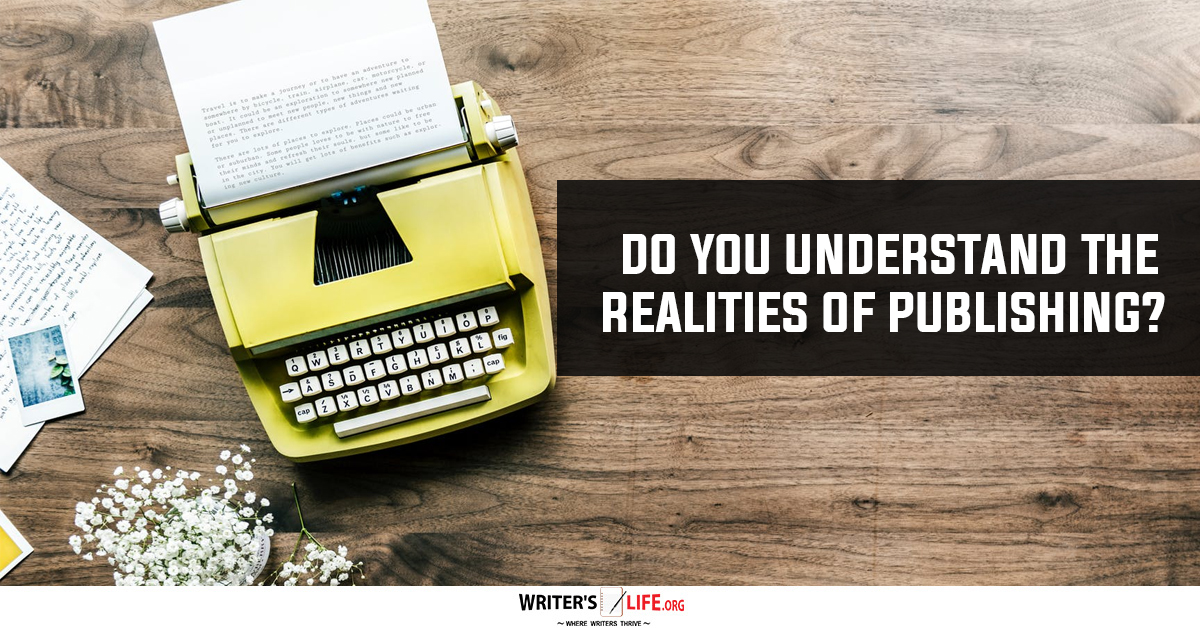
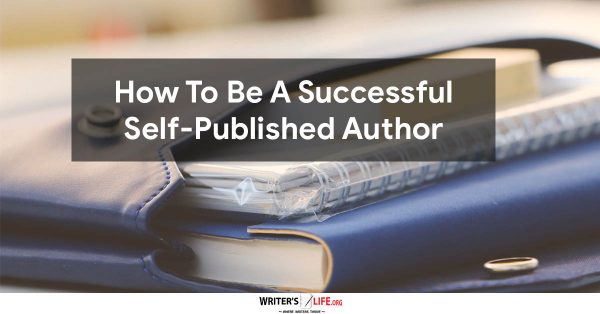
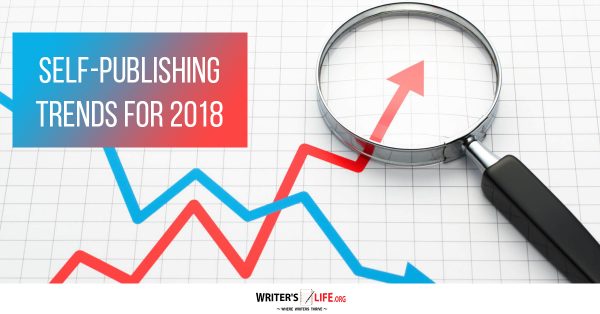
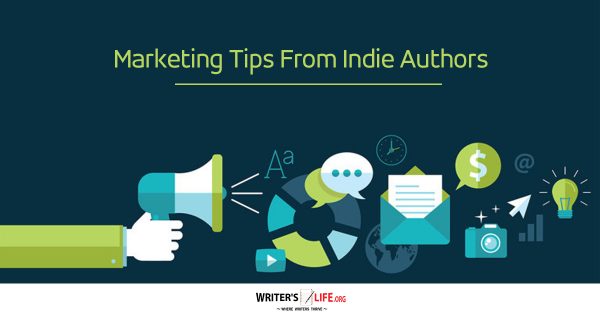





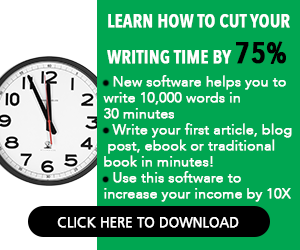


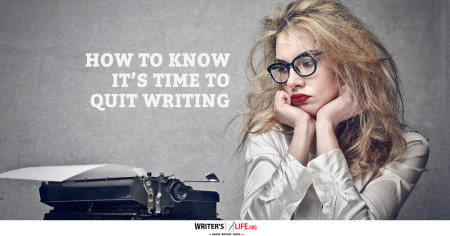
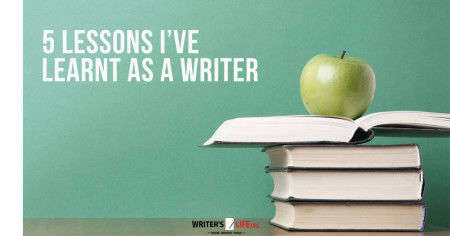





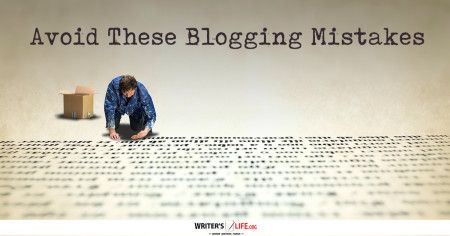
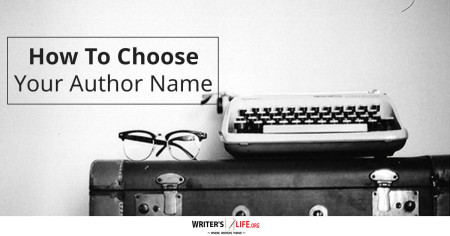

8 Comments